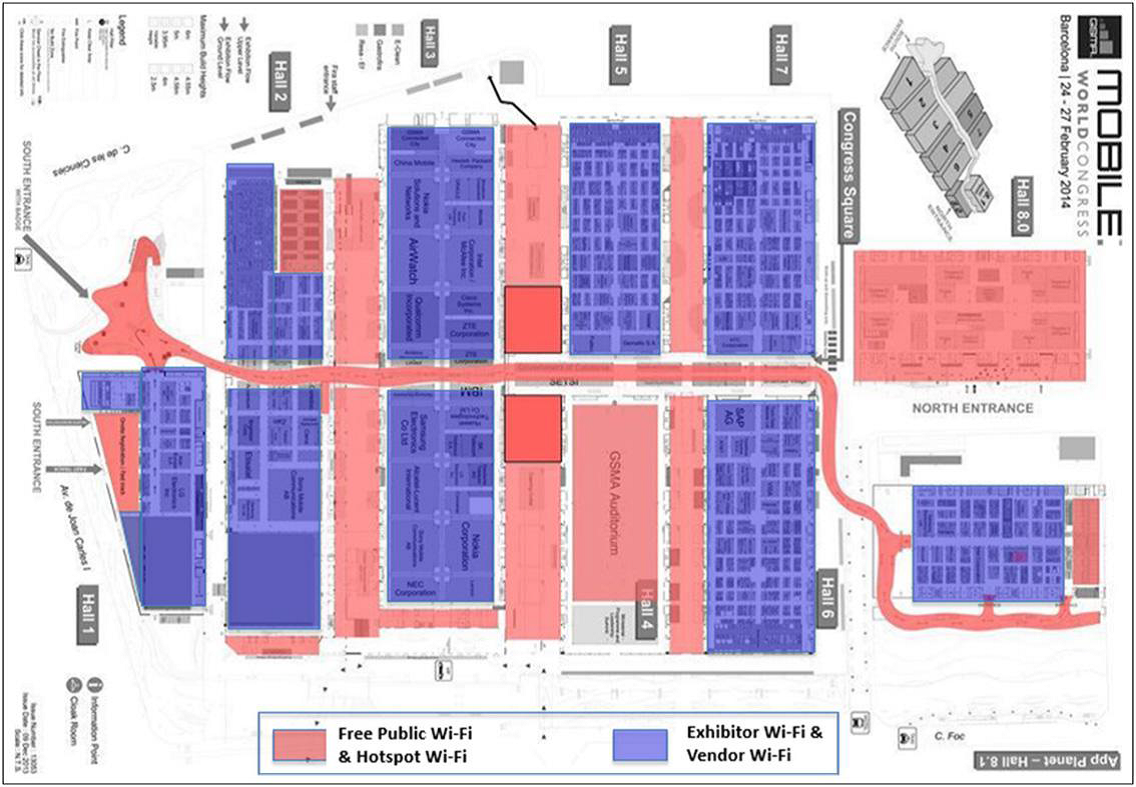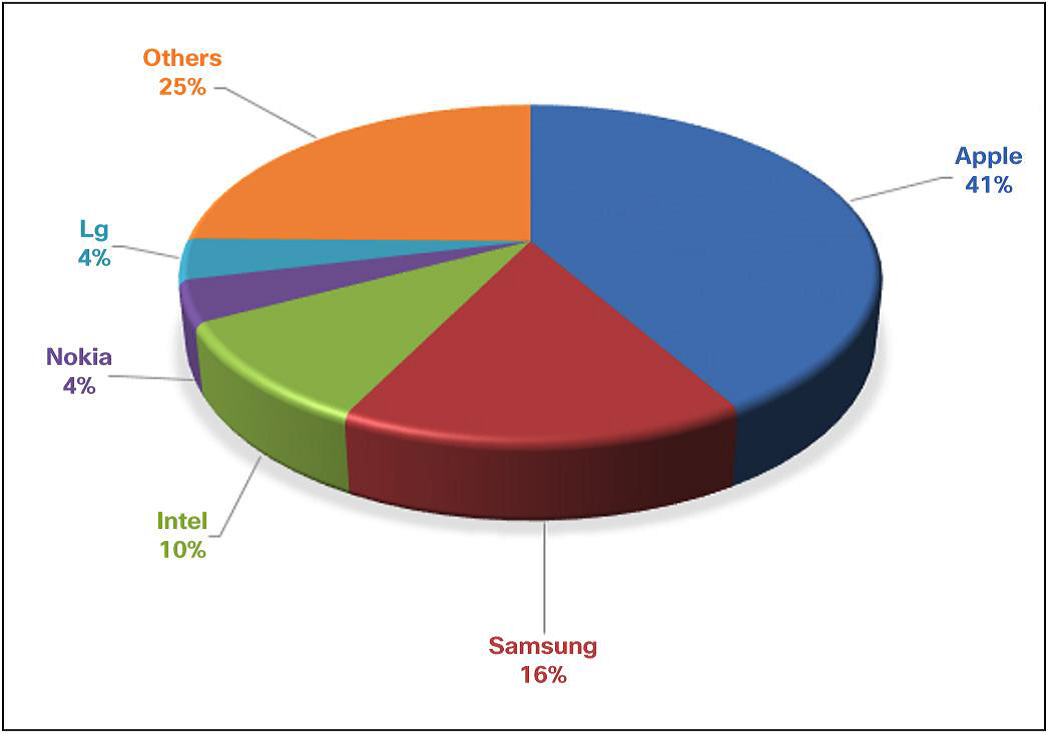Mobile World Congress (MWC) 2014 was the largest mobile industry exhibition in the world, where over 1800 companies showcased and launched their latest products and services. This event was visited by over 85,000 attendees from over 200 countries around the world, to learn, network, inspire and innovate. Providing them seamless and robust data network was the first priority. GSMA , Fira de Gran Via and Cisco took this challenge to provide them next generation Wi-Fi experience with seamless connectivity and onboarding using Hotspot 2.0 service on the top of baseline free Wi-Fi service.
Hassle and risk are the two key factors involved in connecting free public Wi-Fi. When you are traveling in the different countries, you get off the plane and turn on your cell phone… and within few seconds you get connected to the cellular network. There is no need to search for a suitable network manually (hoping it’s not rigged by a hacker), then enter long password or credit card details to pay for the service. But unfortunately connecting to Wi-Fi is not that simple. Hotspot 2.0 Service addresses these problems by automatic network discovery and selection, seamless network access and secured authentication for the Passpoint certified devices.
 Fira Gran Via, Barcelona, the venue of MWC 2014 is a massive 280,000 meters2 (Three Million Square Feet) facility with 8 grand exhibition halls, conference rooms, multiple outdoor areas and restaurants. Free seamless Hotspot 2.0 service were offered in the areas covering over 30% of the entire venue which was over 93 meters2 (1 million sq. feet). Over 330 Cisco wireless access points including latest generation 802.11ac APs were employed to provide superior high density user experience.
Fira Gran Via, Barcelona, the venue of MWC 2014 is a massive 280,000 meters2 (Three Million Square Feet) facility with 8 grand exhibition halls, conference rooms, multiple outdoor areas and restaurants. Free seamless Hotspot 2.0 service were offered in the areas covering over 30% of the entire venue which was over 93 meters2 (1 million sq. feet). Over 330 Cisco wireless access points including latest generation 802.11ac APs were employed to provide superior high density user experience.
For this year, GSMA only allowed 10 operators to participate in the Hotspot 2.0 network, which is a very small subset of over 85,000 total users on network. Despite this, we observed a very large number of users connected to Hotspot network especially on the less congested 5 GHz, consuming large amount of data, sometimes even peaking over 50 Mb/s.
 EAP-SIM and EAP-TTLS were the two onboarding mechanisms that were used for the Passpoint compatible devices. Cellular devices with supported SIM card used the EAP-SIM credentials to automatically connect to the Hotspot network directly without any user intervention. Non-cellular Passpoint compatible devices used EAP-TTLS to access Hotspot 2 .0 network using appropriate credentials and configuration file. Suitable roaming agreement was already established among the service providers to deliver seamless roaming experience to the users throughout the venue. Apple devices scored the maximum share of devices which took advantage of HS2.0 services, followed by Samsung and Intel devices.
EAP-SIM and EAP-TTLS were the two onboarding mechanisms that were used for the Passpoint compatible devices. Cellular devices with supported SIM card used the EAP-SIM credentials to automatically connect to the Hotspot network directly without any user intervention. Non-cellular Passpoint compatible devices used EAP-TTLS to access Hotspot 2 .0 network using appropriate credentials and configuration file. Suitable roaming agreement was already established among the service providers to deliver seamless roaming experience to the users throughout the venue. Apple devices scored the maximum share of devices which took advantage of HS2.0 services, followed by Samsung and Intel devices.
Overall, Hotspot 2.0 service at MWC 2014, Barcelona was successfully deployed and operated without any major failure. Feedbacks on social media validated that users loved this first hand HS2.0 experience. Hotspot 2.0 Service at MWC 2014 offered the simplicity, reliability and security to the end user to access free data services over the fast Wi-Fi.
Detailed report on “MWC 2014 – Behind the Wi-Fi Network” can be found over here.
Learn more about high density networks in the HD Design Zone.


CONNECT WITH US